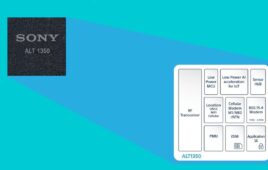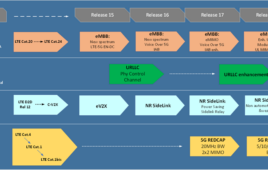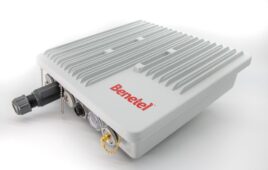Intel and Google announced a partnership that aims to enable and optimize future versions of Android for Intel’s family of Atom processors. The joint effort is designed to speed time-to-market of Intel-based smartphones running the Android platform.
Intel’s President and CEO Paul Otellini made the announcement yesterday during the opening keynote of the Intel Developer Forum in San Francisco, which was broadcast online.
“Intel is innovating and working with our partners to deliver computing experiences that are more mobile, secure and seamless. I’m excited about the new experiences that will be created across a range of devices, and we’re just getting started,” Otellini said.
Looking further into the future, Otellini predicted that platform power innovation will reach levels that are difficult to imagine today. He said that Intel’s researchers have created a chip that could allow a computer to power up on a solar cell the size of a postage stamp.
After his remarks, Otellini handed the microphone over to Andy Rubin, senior vice president of mobile at Google, who also touted the low-power aspects of Intel’s designs.
“Combining Android with Intel’s low-power smartphone roadmap opens up more opportunity for innovation and choice,” Rubin said in a statement. “This collaboration will drive the Android ecosystem forward.”
The announcement builds on Google and Intel’s existing joint initiatives to enable Intel architecture on Google products, which include Chrome OS and Google TV along with the Android Software Development Kit (SDK) and Native Development Kit (NDK).




